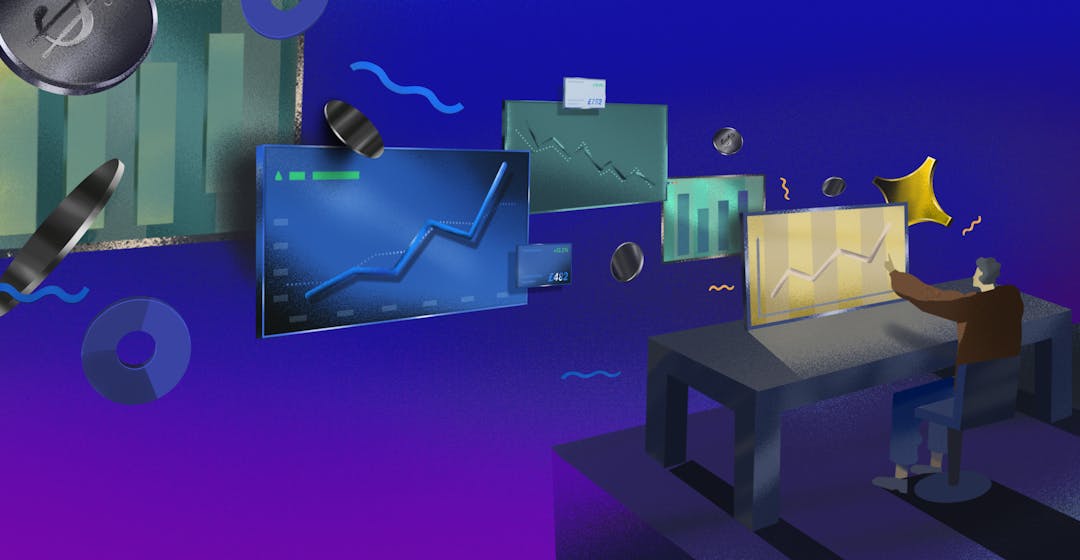Before SaaS become a popular business model, billing for software sold was relatively simple. It was, after all, a simple one-off charge to the user's payment method of choice. With the subscription model of SaaS, billing became more complex. Automation became an important part of the process to ensure that invoices were paid on time. In this post, we'll talk about billing schedules and how to use them effectively to improve billing outcomes.
What is a billing schedule?
A billing schedule is a process that will gather all your billable invoices and process them according to a schedule. They determine how frequently customers are charged, when the charges occur, and what the process for failed payments is. Billing schedules are usually coupled with software tools that automate the process as much as possible.
Benefits of a consistent billing schedule
There are a lot of problems to contend with when you are doing subscription billing. Without a fully automated system providing you with a consistent schedule, the process of dunning becomes a chore, and even transactions that go smoothly waste more time than necessary. Let's look at some of the major benefits that come from consistent billing schedules.
Better time management
Processing payments, or chasing down payments that failed can take up a large portion of your time. Worse, the amount of time you spend doing this will grow as your company does. Consistent billing will ensure that customers know exactly when they are going to be charged, so they are more likely to have money in their accounts. It also saves you labor costs by allowing your staff to use their time more efficiently.
Improve customer relationship management
Most people take financial issues seriously, so when things go wrong, customers get angry. A failed payment with no attempt at recovery could cut them off from a service they didn't want to be cut off from. Manual payment processing can reduce the response time to cancellations, or make it needlessly difficult for customers to cancel a subscription. With a proper billing schedule in place, subscription renewal is achieved with less friction, making for happier customers.
Minimize revenue loss from missed payments
Using manual methods, failed payments need to be tracked down, accounted for, and hopefully recovered. Tools like Paddle Retain automate the process of recovering failed payments. Powerful algorithms and automation tools increase the likelihood that churn due to a failed payment will be recovered.
More accurate revenue recognition
Human make errors. Hopefully, these errors are kept to a minimum, but there will always be a non-zero number of errors anytime manual payment processing needs to be performed. Billing solutions automate the process of revenue recognition and eliminate the possibility of human errors throwing off the accuracy of your accounting.
How to create a successful billing schedule
Knowing the benefits of keeping a consistent billing schedule and using software to help you automate the processing of payments according to that schedule isn't enough if you don't implement that schedule correctly. A successful billing schedule will include the following processes:
Define billing plans
A rather obvious first step to setting up a billing schedule is to decide what your billing plans will be and when customers will be charged. You may choose to automate renewal at the same date every month based on when the user signed up. If your business model requires it, you may instead choose to bill for any usage at the end of the month. The exact schedule will depend on your business model and your customer base.
Communicate the billing schedule to customers
Many of the benefits of a consistent billing schedule go away if you do not communicate the changes to customers. If they don't know a payment is coming, they can't make sure the money is in their account. Worse, if you bill them at an unexpected time, they are likely to get angry with you. Anytime you make a change the affects the service a customer is paying for, you need to communicate that change clearly.
Automate billing with a payments system
Manually processing payments is time-consuming, and as mentioned earlier, trying to track down failed payments manually is a headache. Automated systems will save you the labor of processing the payments and will usually automatically retry failed payments.
Have a plan for credit card failure
Sometimes, simply retrying a failed payment doesn't work. The payment might have failed because the card expired, or was reported stolen. In those cases, retrying will never work. Other times, the customer may simply have fallen on hard times and not have the money to pay. There isn't much you can do about the latter situation, but tools like ProfitWell retain will help go beyond what simply retrying a payment will do, so you recover more failed payments.
Reduce involuntary billing churn with tactical retries
One of the problems with the retry strategy built into many payment systems is that they simply retry a number of times and then give up. Retain's Tactical Retries feature makes the most of those attempts by using a large pool of data collected by ProfitWell to automatically guess the best time to retry a payment. With Tactical Retries, each attempt is more likely to be successful, so you're less likely to run out of retries before getting a payment to go through.
Billing schedule FAQs
Does my business really need a billing schedule?
It's possible to do business without a billing schedule, though you'll almost certainly be leaving money on the table, keeping your churn rate needlessly high, and annoying more customers than you need to.
What is an invoice schedule?
An invoice schedule determines when and how frequently you send an invoice to customers.
What is the best billing schedule timeframe?
Most billing schedules work on either a monthly or annual timeframe. These timeframes tend to be the expected options for customers to choose from. Of course, unique business models may require more unique billing schedules, as well.
How can I improve my billing process?
For subscription services, your recurring payments should always be processed according to a set and predictable schedule. The payments should be processed automatically if possible, and strategies should be in place to deal with failed payments.


